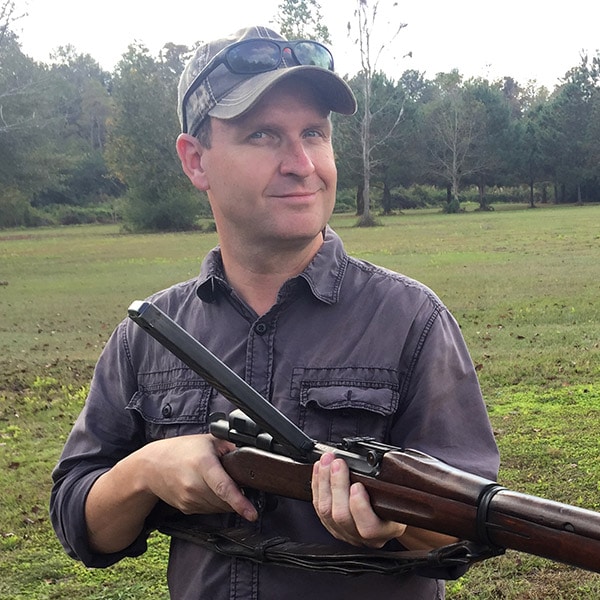Cold War Garand Conversion? The Italian BM 59E
February 15th, 2022
8 minute read
Editor’s note: The BM 59E is a fascinating rifle with a complicated and engrossing story. Based on the classic M1 Garand and adapted to fire the 7.62 NATO cartridge, the 59E was an outgrowth of Italy’s efforts to modernize its American battle rifles on a post-war budget.

You can read more about the original Italian conversions of the Garand by clicking here. In this article, Matin K.A. Morgan takes a look at the interesting BM 59E variant’s development and its use by the Argentine military.
BM 59E Building Blocks
When Beretta developed the system, it was working within a budget under tight economic constraints. World War II had ravaged Italy, and rebuilding was progressing slowly during the immediate post-war years. So, developing and manufacturing an expensive new automatic rifle was something the country just could not afford.

The Italian military had been using the M1 rifle since 1945 and Beretta began producing it under license in 1950, so the Garand was a proven, familiar and economically practical design. When 7.62×51mm emerged in the mid-1950s, Beretta’s Research and Development Division understood that it would be less expensive to modify the M1 for the new cartridge than it would be to design and manufacture a new self-loading rifle to shoot it.
At first, Beretta R&D simply modified the eight-shot .30-caliber M1 by installing a newly made 24” 7.62×51mm barrel to create the “Tipo 1” Garand. While this modification was a success, Beretta soon realized that it could spare itself the expense of manufacturing replacement 7.62mm barrels simply by shortening the length of the .30-caliber barrels it already had on hand a half an inch at the breech. Doing that, though, also required shortening the M1’s operating rod, rear handguard and stock, but modifying those parts would be far less costly in the long run than manufacturing new barrels from scratch.

This version of the Garand received the designation “Tipo 2”, and it was born of an ambition to extend the service life of the M1 rifle into the era of NATO standardization. An even more ambitious service life extension of the Garand would soon follow.
The Next Step Toward the 59E
In 1957, Beretta’s R&D division set out to create a version of the M1 with modernized features reaching beyond just its caliber. In less than two years, the team had created the ultimate Garand in the form of a rifle incorporating 13 modified parts and 25 new ones.
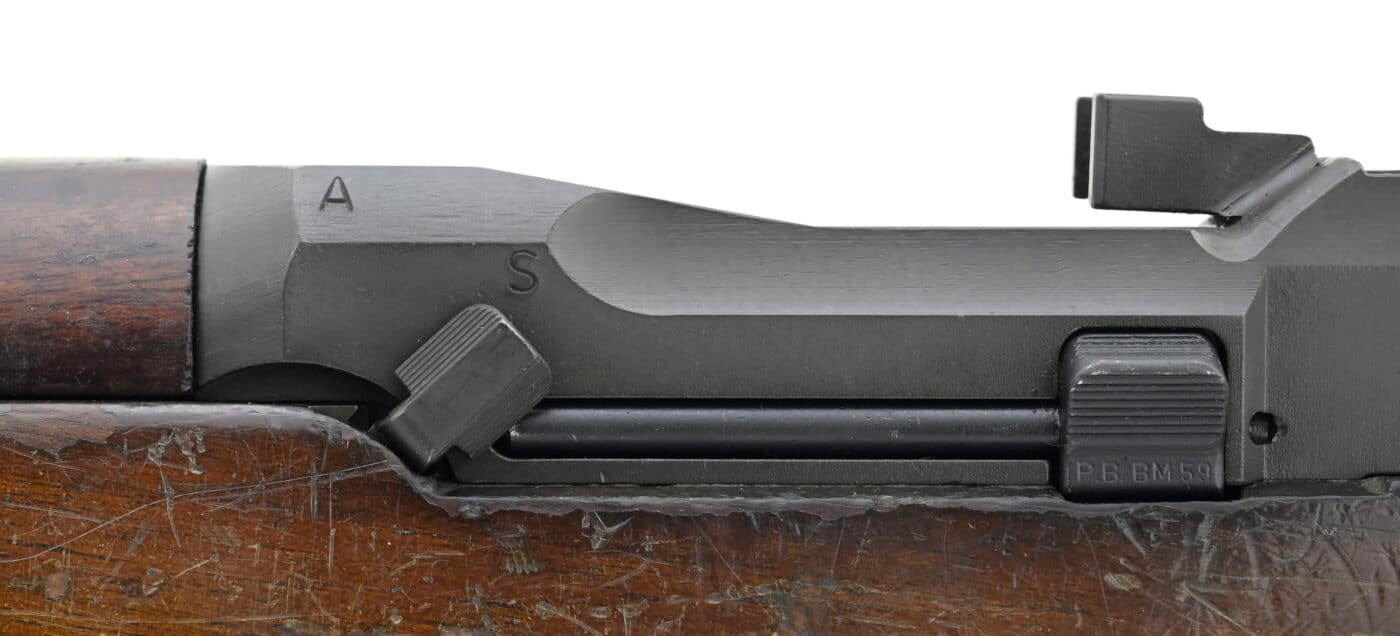
Of the Garand’s original 57 parts, 34 required no modification. This provided exactly what the budget-conscious Italians needed: a modern magazine-fed, select-fire battle rifle meeting all NATO standardization requirements. Beretta had in mind that it would not just produce newly made examples of the rifle, but that it would also convert existing .30-caliber M1s to the BM 59 configuration.
Furthermore, by the late 1950s, the changing political climate of the Cold War and the innovations in small arms that it occasioned had created a unique business opportunity. The M1 Garand had been liberally distributed around the free world as a result of U.S. military aid, and the 7.62×51mm cartridge was quickly being adopted even by non-NATO nations. Beretta hoped to capitalize on the situation by offering a conversion to suit every budget.
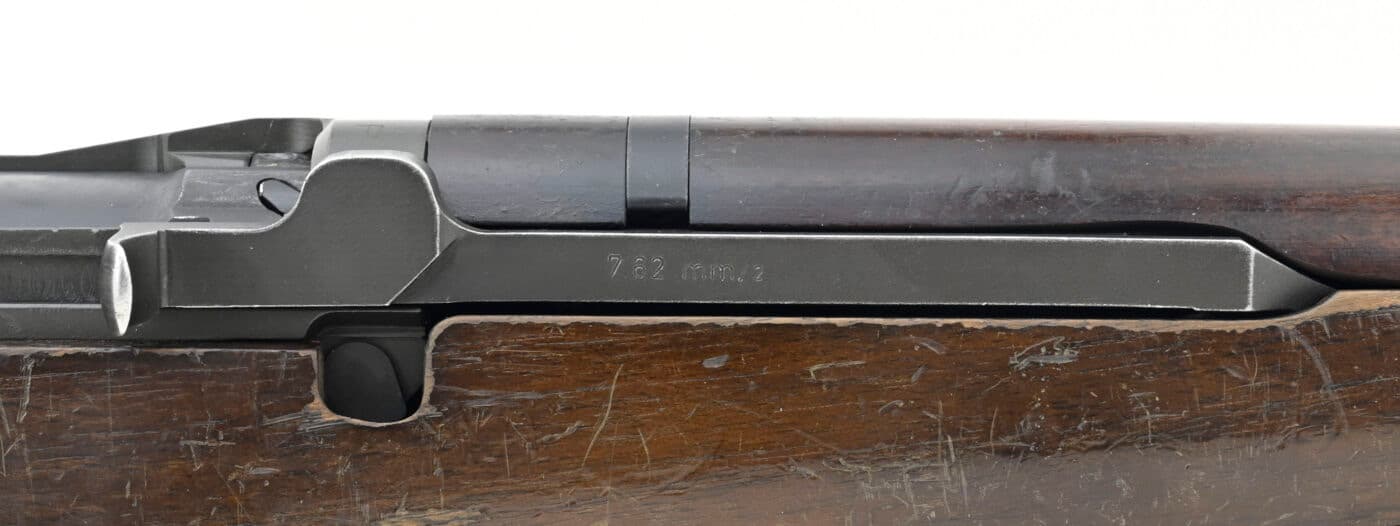
Any country wanting to upgrade its M1 fleet could send the rifles to the company for conversion and pick a price point ranging from $40 for the basic Mark I rifle to $61 for the Mark IV heavy barrel squad automatic weapon. Eventually, the company added the model BM 59E to the menu of conversion options.
Splitting the Difference: BM 59 vs. BM 59E
The factory BM 59E conversion created a hybrid that was basically just a Garand Tipo 2 incorporating the detachable box magazine and fire control components. Like the Tipo 2, the BM 59E conversion replaced the M1’s 24” .30-caliber barrel with a 23.5” 7.62×51mm barrel. Then, the rifle’s U.S.-made receiver was modified to accommodate the selector switch and to accept the detachable box magazine. It was also necessary to modify the trigger housing for the BM 59-type magazine release lever and to allow the insertion of the magazine through the floorplate.
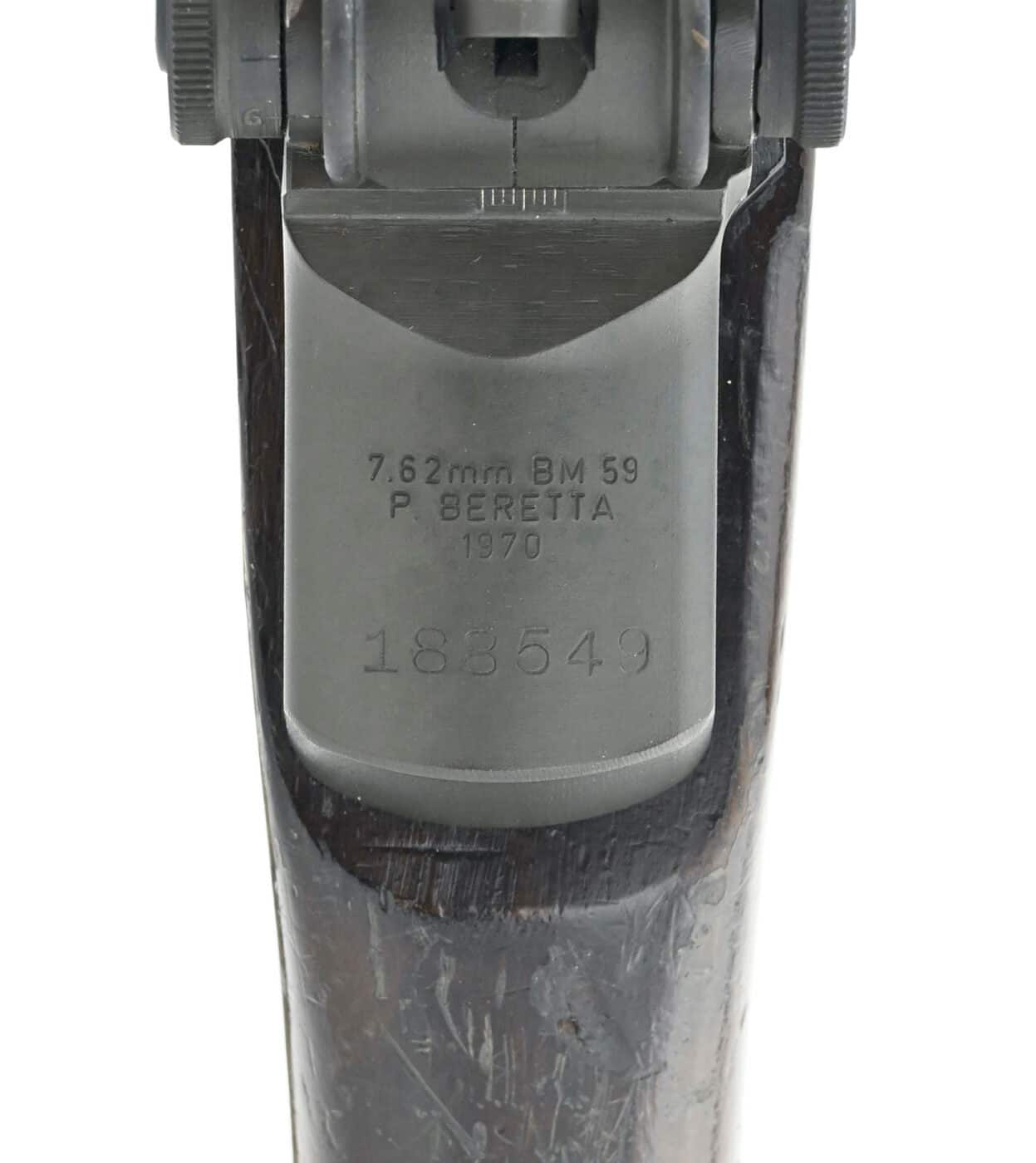
Like the four main BM 59 models, the underside of the E’s bolt had to be milled with relief cuts allowing it to clear the magazine’s feed lips. The addition of the new clip guide mounted on top of the BM 59E receiver in front of the rear sight made it possible for the magazine to be charged by stripper clip, and a BM 59-type bolt stop replaced the latch used in conjunction with the 8-shot en bloc clip.
Fire control components allowing both semi-auto and full-auto fire were added to the BM 59E trigger group assembly in such a way as to interact with the BM 59-type Sear Trip Lever. The rifle’s shortened Tipo 2 operating rod had to be machined with a shoulder/boss to disconnect the Sear Trip Lever during full-auto fire, and an inlet had to be cut into the right side of the stock to make room for it. Wood also had to be removed in a radius on the stock’s left side to make room for the selector switch.
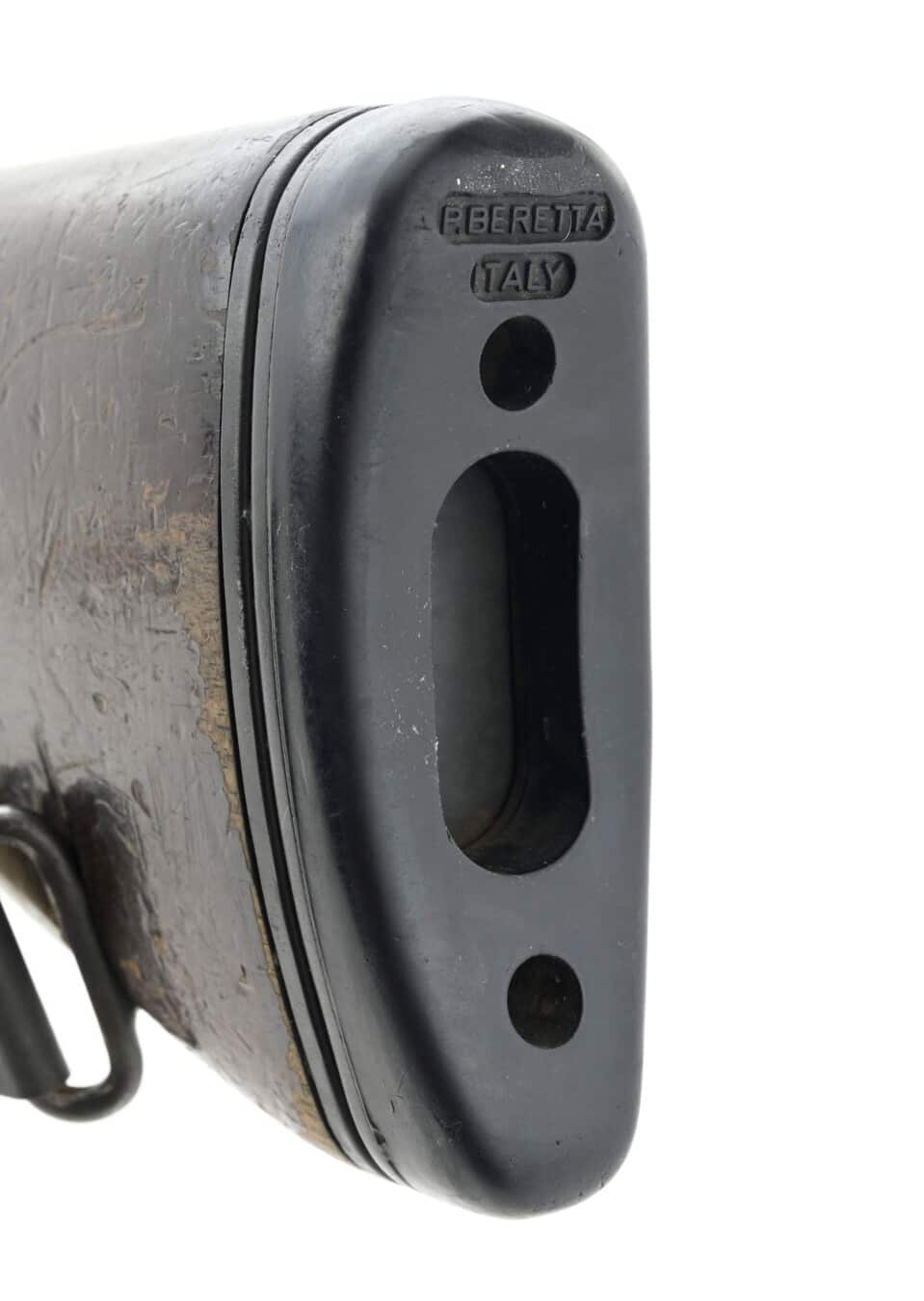
While the original Garand Gas Cylinder remained unmodified, a muzzle compensator capable of dramatically reducing felt recoil and muzzle rise replaced the Garand Gas Cylinder Lock. Beretta also replaced each M1’s buttplate with a rubber buttpad that further softened the gun’s recoil.
Southern Exposure: Argentine 59E
In many ways, Argentina was the ideal customer for the BM 59E. In 1953, the Argentine Navy obtained two different semi-automatic rifles to arm its Infantería de Marina: the FN49 in the 7.65×53mm and the M1 Garand in .30-06. Then in 1955, the country began its journey with the 7.62×51mm cartridge when it purchased the FAL from FN in Belgium.
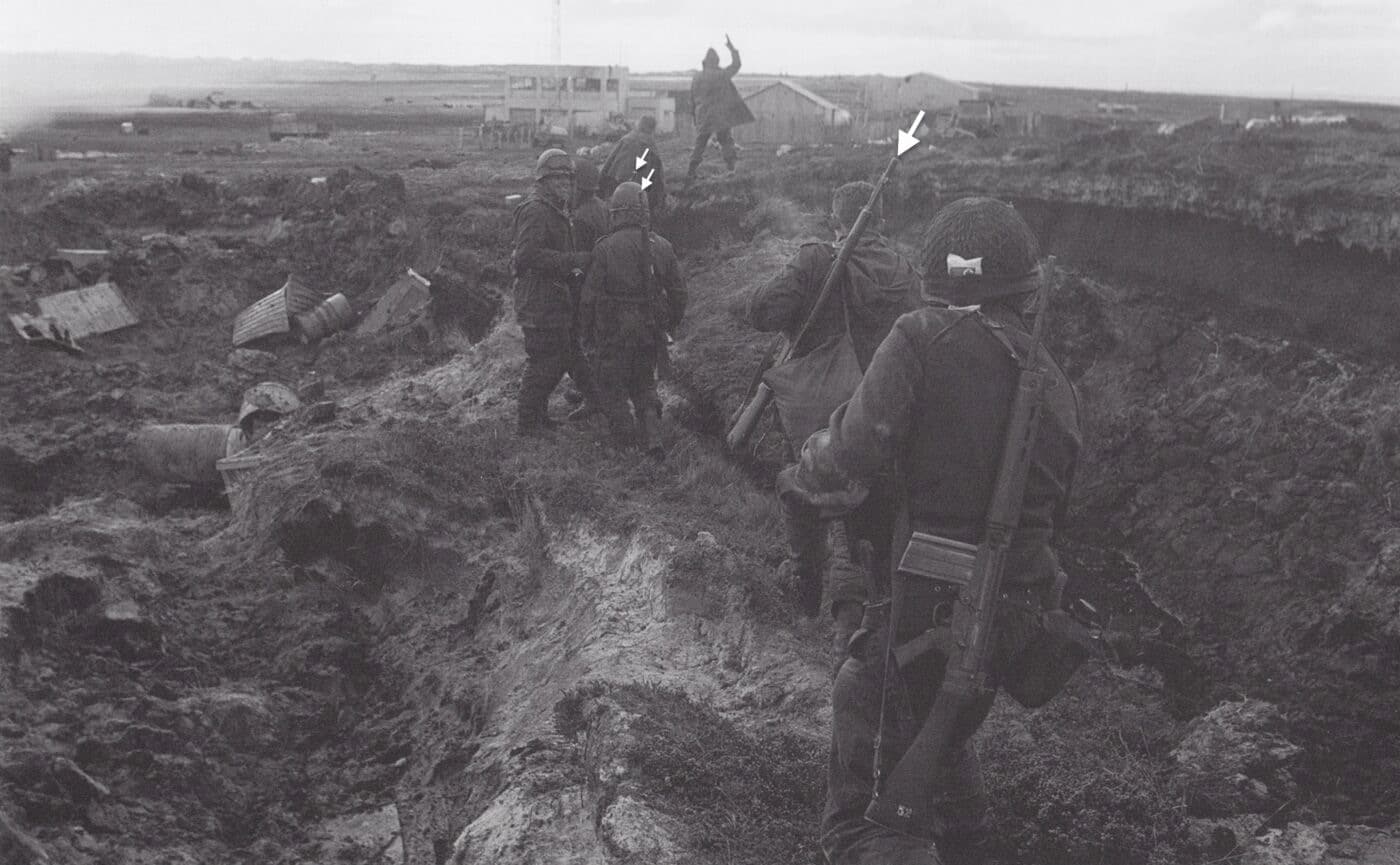
Five years later, licensed domestic production of the FAL and the MAG-58 machine gun began at the state-owned Fábrica Militar de Armas Portátiles (Military Small Arms Factory or “FMAP”) in Rosario. With the adoption of those two weapons, Argentina was now irrevocably committed to 7.62×51mm. But the FN49s and M1 Garands still in Navy inventory had plenty of service life left in them, so the government made the decision to have them converted.
In mid-1967, Metalúrgica Centro in Buenos Aires began modifying the FN49s, and in September of that year a total of 2,109 M1s were packed-up and shipped to Italy. At Beretta, their receivers were modified according to the BM 59E plan, and the existing .30-caliber barrels were replaced by brand new 7.62mm barrels made by Società Italiana Acciai Ugine (SIAU) in Brescia.
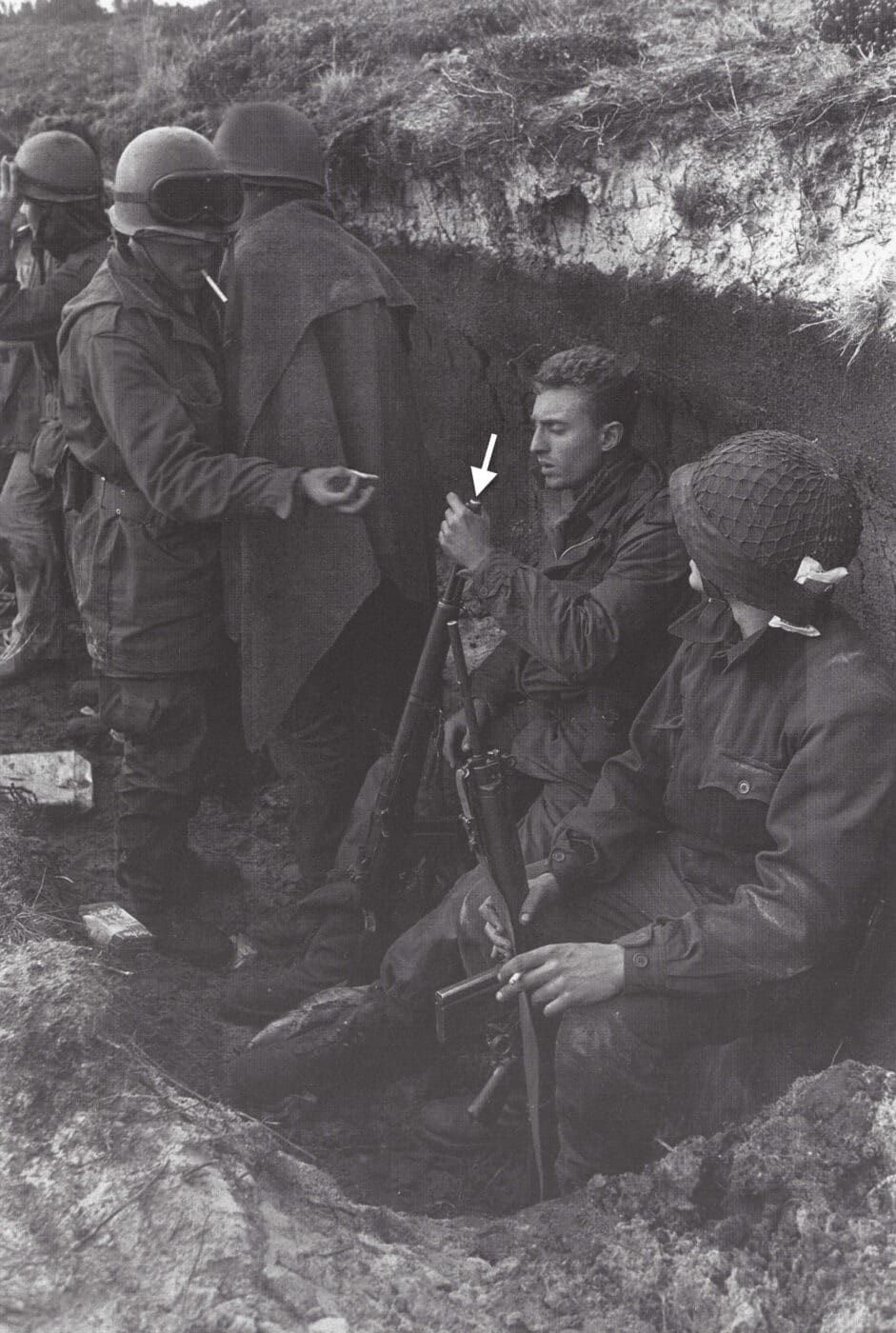
Once the conversions were complete, each rifle was roll marked “7.62mm BM.59, P. BERETTA, 67” on the triangular shelf directly behind the rear sight base. In addition to that, Beretta obliterated the second line of the existing markings on each rifle’s receiver heel by overstriking “CAL. 30 M1” with a decorative motif so that there would be no confusion about the new caliber.
The BM 59E served the Argentine Navy through the closing years of the 1960s, but during the 1970s, the total number in service began to decline as FAL rifles came off the assembly line at the FMAP. Argentine Navy personnel carried the BM 59E during the invasion and occupation of the Falkland Islands in 1982, but there is no evidence of those guns being used in combat during the conflict.
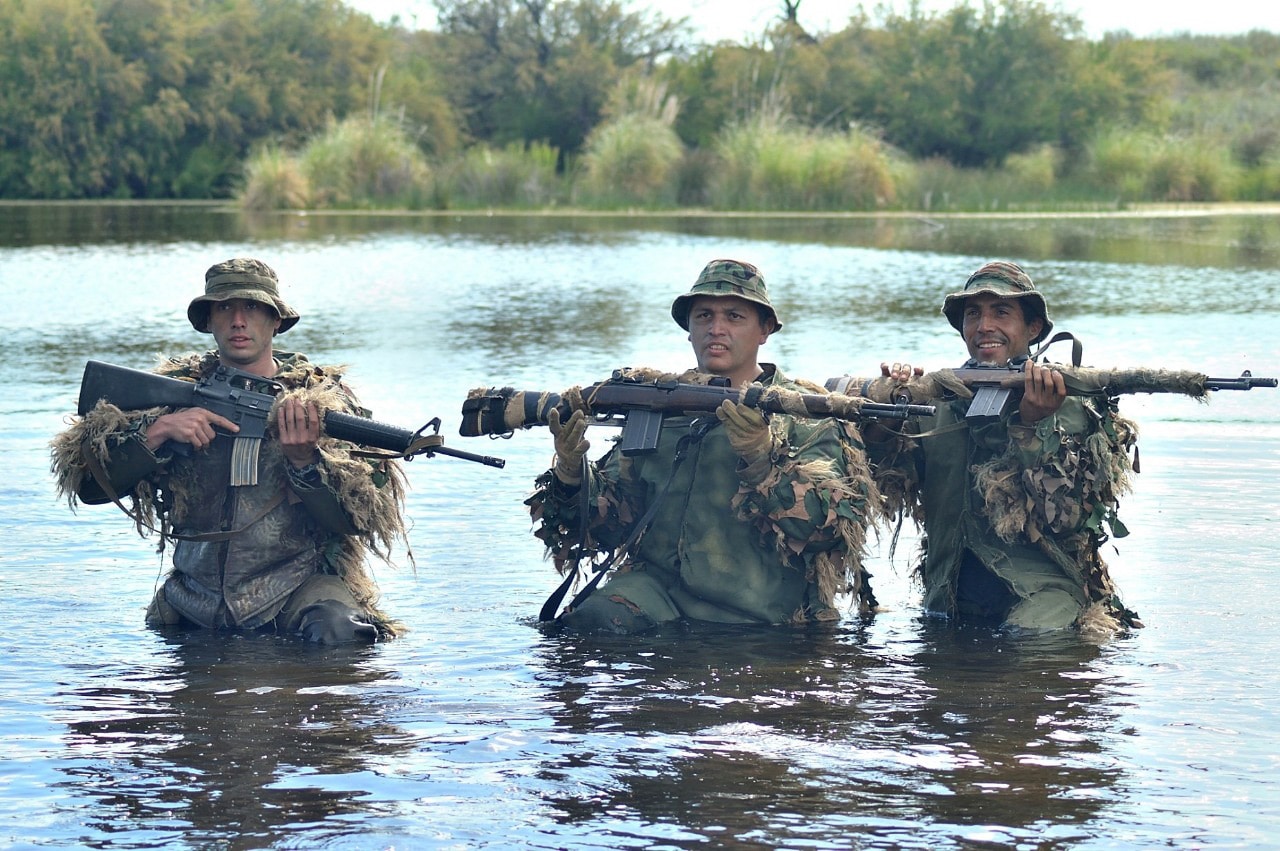
After the war, Argentina began exporting its converted FN49s as well as semi-automatic versions of the FMAP FAL to the United States, but that could not be done with its BM 59E rifles. Their receivers had been converted to machine guns in Italy and they were therefore ineligible for importation. For that reason, the guns were dismantled and imported as parts kits before the 2005 “barrel ban” went into effect. This inaugurated an era when American shooters could assemble one of the Argentine kits on a modified Garand receiver and, in so doing, bring an old BM 59E back to life.
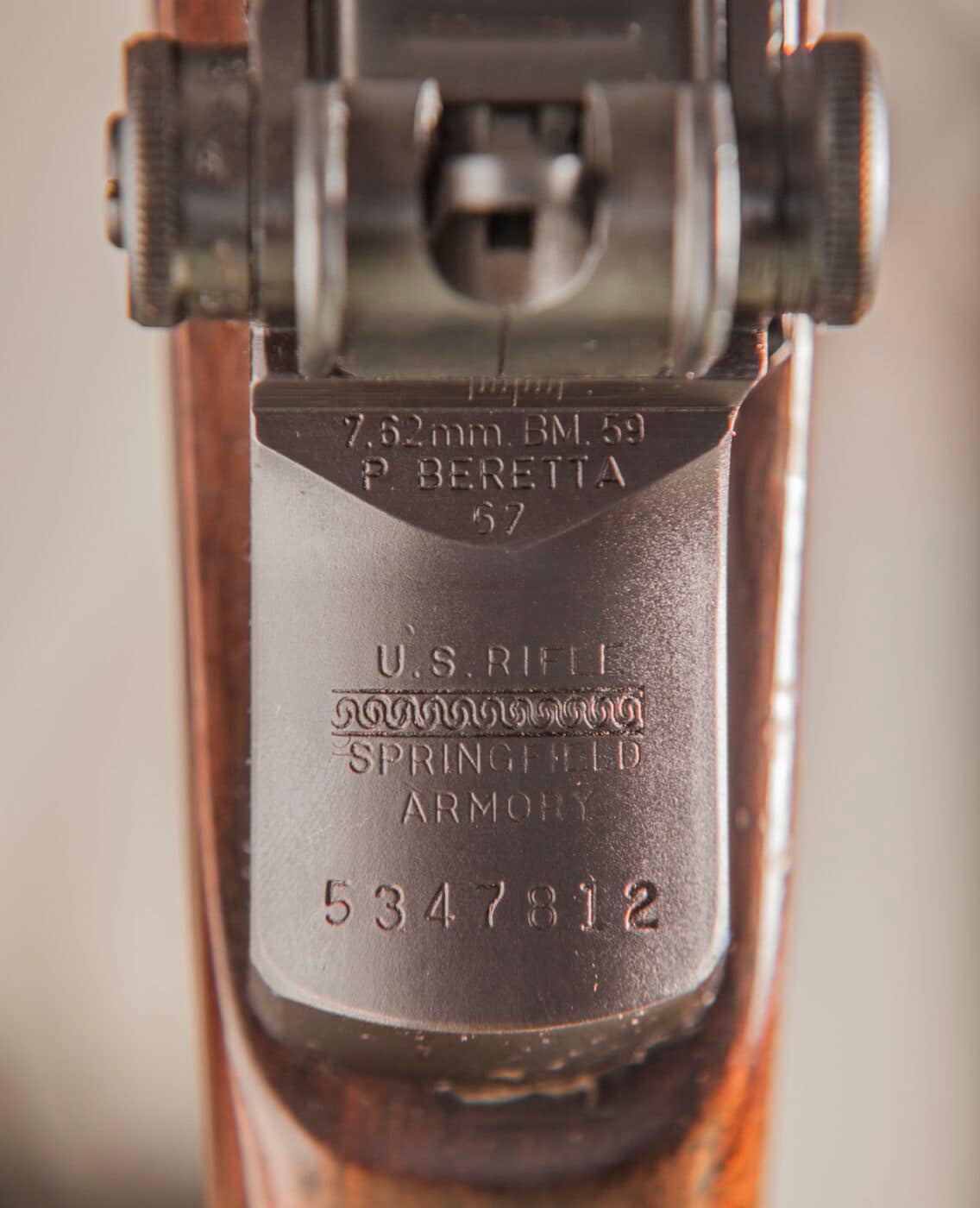
The charming irony here is that these kit builds brought the BM 59E full circle: it started off as a semi-automatic rifle, then it was converted to a machine gun, and then it was converted back into a semi-automatic again.
Conclusion
Their military service spanned a unique era of history that began during the Second World War and reached all the way through the Cold War to the years of détente, perestroika and glasnost. The BM 59E wrote itself into North American, South American, and European history, and it is a member of a family of rifles that have been a valued part of our domestic civilian shooting culture ever since Springfield Armory first began offering them several decades ago.
Editor’s Note: Please be sure to check out The Armory Life Forum, where you can comment about our daily articles, as well as just talk guns and gear. Click the “Go To Forum Thread” link below to jump in!
Join the Discussion
Continue Reading
Did you enjoy this article?

 95
95





